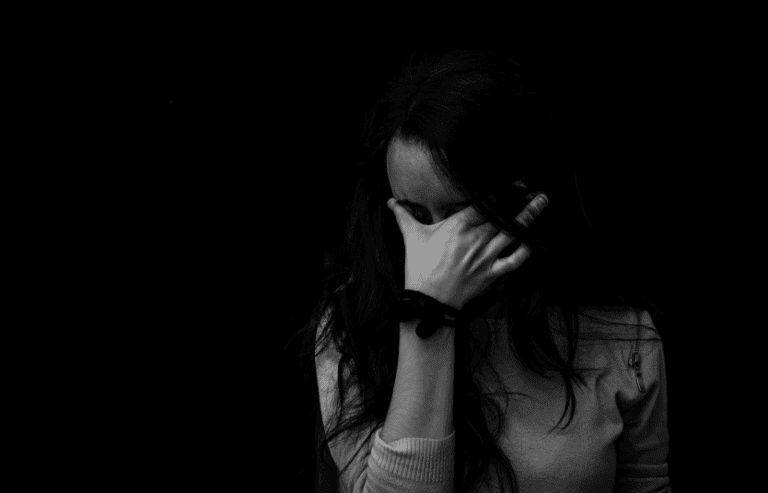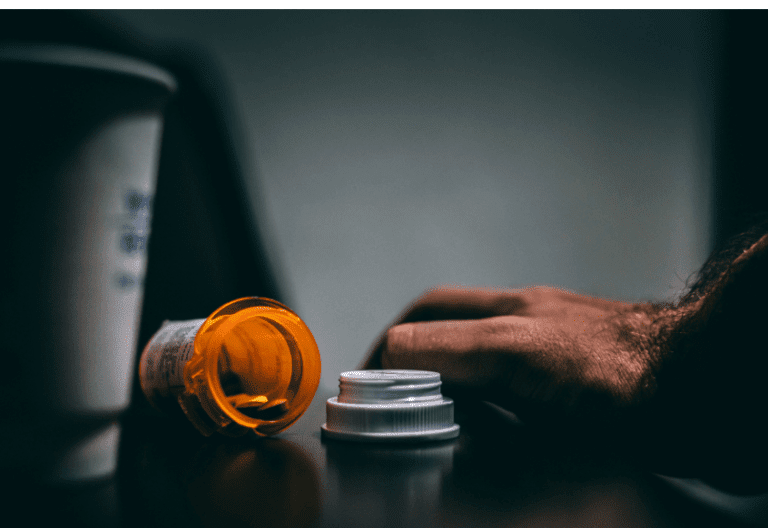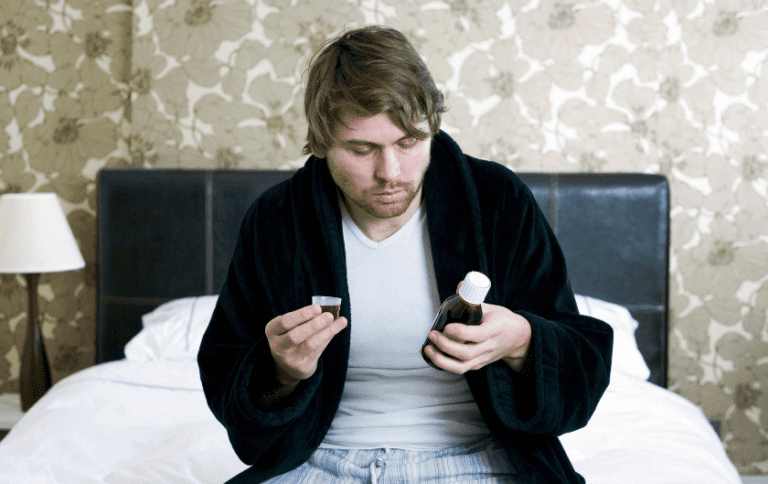Not only can a cocaine addiction be difficult to recover from, but it can also have a series of serious side effects on a person’s health and life in general. Committing to addiction treatment is the only option for those living with cocaine addiction to reclaim their life and avoid any negative effects on their health. Fortunately, there are a number of effective treatment options and therapies available for cocaine addiction. This includes red light therapy, which offers those who use it several benefits.
What is Cocaine?
Cocaine is a powerful and highly addictive stimulant drug. It comes from the leaves of coca plants that are native to South America. While this drug can be used for medical purposes, it is more often bought and sold through the illegal drug trade for recreational use. Cocaine can be snorted, injected, swallowed, or rubbed on the gums. The white, powdery form is the most common. Some people dissolve cocaine in water and inject it, while others heat up the rock and inhale the fumes. The drug sends high levels of dopamine, a natural chemical messenger in your body, into the parts of your brain that control pleasure. This buildup causes intense feelings of energy and alertness called a high.

The Effects of Cocaine Consumption
When consumed, cocaine affects a user’s central nervous system. This allows the drug to permeate throughout the body, including the brain. The effects of cocaine consumption usually include:
- Euphoria
- Mental alertness
- Hypersensitivity
- Irritability
- Paranoia
- Dilated pupils
- Nausea
- Quicker or irregular heartbeat
- Restlessness
The Side Effects of Cocaine Addiction
Sadly, the effects and side effects of cocaine can be made worse when a person becomes addicted. According to the National Institute on Drug Abuse, the long-term effects of cocaine addiction often include:
- If snorted: loss of smell, nosebleeds, issues swallowing
- If smoked: cough, asthma, high risk of pneumonia and other infections
- If consumed by mouth: severe bowel decay
- If by needle injection: risk of contracting bloodborne diseases, skin infections, soft tissue infections, and collapsed veins
What is Red Light Therapy?
Red light therapy is exactly what it sounds like: therapy that uses red light. While the idea of red light therapy may seem strange, it actually has a long history. Light therapy was originally studied by Danish physicist Niels Ryberg Finsen back in the early 1900s. Finsen found that exposure to certain light could help treat people with skin tuberculosis. Since then, light therapy has been used by numerous scientists and organizations for further study, including NASA, which uses red light therapy to stimulate plant growth in space.
How Does Red Light Therapy Work?
All light travels in wavelengths. Different colors of light each have a different wavelength. Red light in particular travels in a wavelength that allows it to penetrate human skin easily. The mitochondria in skin cells then absorb that light, turning it into energy. When given more energy, skin cells increase their overall function, allowing them to grow and combat a variety of cellular issues.
Benefits of Red Light Therapy
Sadly, red light therapy is not a cure for cocaine addiction or any other kind of addiction. However, it offers those who use it several benefits, which can make recovering from a cocaine addiction more manageable. The benefits of red light therapy include:
Increase in Energy
Physics, chemistry, and biology are all complex fields of study. However, these different areas of science can all agree that light is energy. Red light, which can more easily penetrate the skin, helps to transfer energy and stimulate cell activity. In doing so, individuals who engage in red light therapy often find they have an overall increase in energy, which can help a person maintain a consistent commitment to their recovery from cocaine addiction.
Help with Sleeping Issues
Drug use, including cocaine use, can disrupt an individual’s sleeping patterns and make falling asleep more difficult. Fortunately, red light therapy can help. Exposure to bright lights during red light therapy sessions often helps to reinforce the difference between waking hours and sleeping hours in the brain. Because of this, many find it easier to sleep while receiving red light therapy.
Pain Relief
Wound healing and reduction of pain, swelling, and inflammation are often achieved with red light therapy. In the early 1960s, scientists discovered that red light enhances wound healing and reduces pain, inflammation, and swelling. Furthermore, cell death and tissue damage are prevented.
Improved Mental Health
Red light therapy is therapy. It exists to help people, to make them feel better. While it may not happen after one session, red light therapy can help improve a person’s mental health over time. The better mental health a person has the more successful they typically are at maintaining their sobriety and avoiding a relapse.
Looking for Red Light Therapy for Cocaine Addiction Near You?
Overcoming a cocaine addiction is not easy, but it is possible. If you or a loved one are living with a cocaine addiction, help is available near you! At Knoxville Recovery Center, our addiction specialists provide several different kinds of treatment and therapies for cocaine addiction, including red light therapy.
Services offered:
Detox – Our on-site detox clinic accommodates and supports clients as the body sheds all residual traces of addictive substances. Clients are under medical supervision during the detox process to ensure that they remain safe and comfortable.
Addiction Treatment – During our addiction treatment program, clients will engage in introductory therapies and exercises that work to prepare them for continued, more intensive treatment outside of our facility. The goal of our addiction treatment track is to stabilize clients so that they are treatment-ready.
Mental Health Treatment – Our mental health treatment program introduces behavioral therapies rooted in self-expression and holistic exercise. Art therapy, music therapy, and yoga are just a few forms of therapy we offer at the center. Our goal is to help the client reclaim their voice and expose them to treatment within a professional facility.
Aftercare Planning – Aftercare is designed for individuals who have benefitted from our introductory addiction services and are transitioning into a more intensive addiction treatment program. Once a client is stabilized, they will be encouraged to pursue continued addiction treatment. Our experienced case managers will then work with our clients to place them in a program that addresses their specific wants and needs.
If you feel that you or a loved one is struggling and needs help, or if you’re curious about the difference in Vyvanse vs Adderall or any other stimulant prescription drug, our specialists are on standby and ready to help. Call Knoxville Recovery Center and speak with an expert today!








